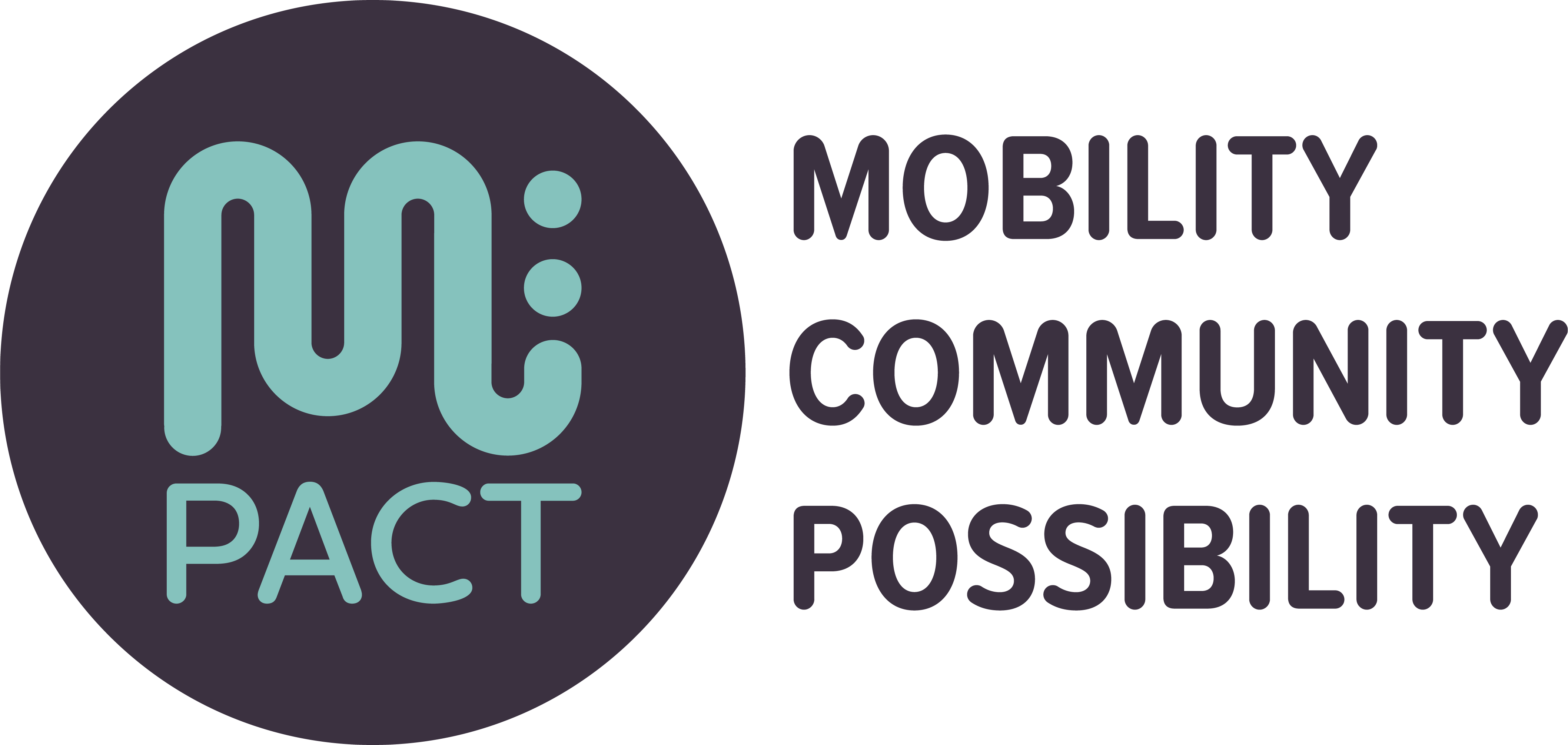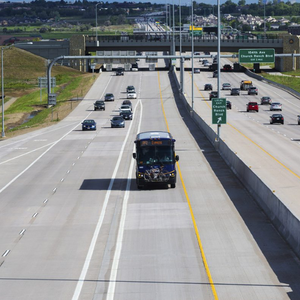Topics:
Originally published on railvolution.org. Rail~Volution is now Mpact: Mobility, Community, Possibility.
This post is one of a few about Denver’s transit evolution in advance of the Rail~Volution conference in Denver, September 17-20. The post is based primarily on a conversation with Caroline Joy, economic development and marketing specialist, and Gabriella Arismendi, transportation and mobility planner, both with the City of Westminster, Colorado.
The City of Westminster, a northwest suburb of Denver, is home to two new transit stations, one commuter rail and one BRT. South Westminster—the historic part of the city—has a new stop on Denver RTD’s B Line commuter rail. Just north, along Highway 36, is a station on the Flatiron Flyer, a BRT route between Denver and Boulder. These two stations tell a story of how a suburb is making the most of transit infrastructure, in ways that fit the needs and desires of the people who live there.

RTD’s B Line commuter rail to Westminster
The original plan for the B Line station in South Westminster, the historical part of the city, called for a station platform connected by tunnel to a parking garage. The area, home to small businesses that have lasted for several generations and a growing Hispanic/Latino and Asian population, came up with its own plan. “The residents wanted something different” to deal with safety issues and frequent flooding from Little Dry Creek, says Gabriella Arismendi, transportation and mobility planner with the City of Westminster.
Several public organizations partnered with the City in funding the project, including Adams County, Colorado Department of Transportation (CDOT), Regional Transportation District (RTD), Urban Drainage and Flood Control District (UDFCD), and Denver Regional Council of Governments (DRCOG), providing an incredible opportunity to start revitalizing the neighborhood, according to Caroline Joy, Westminster’s economic development and marketing specialist.
Several public organizations partnered with the City in funding the project, providing an incredible opportunity to start revitalizing the neighborhood.
The City approached partners at RTD to develop an Intergovernmental Agreement that allowed the City to build a parking structure, access roads, a bus loading and unloading facility, and the transit plaza on the north side of the rail corridor. As part of revising the original RTD surface-parking plan, City staff focused on improving connections and fostering future transit-oriented development with a revised station design.
Now, the station and the surrounding area are envisioned as a key neighborhood asset within Westminster. Station design focused on creating an amenity and setting the stage for future development, a safe and attractive transit environment for patrons, and key connections to new development, transit and open space.
At a community outreach event, Arismendi rode with a group of residents to see another Denver-area park. A small-talk conversation about parks—do you like them, where have you been—revealed that the kids in the van were growing up in sight of the Rocky Mountains, but had never been hiking. The plans for the park by the train station purposefully include “nature play style,” with features such as tree trunks and obstacles similar to a hike in the mountains. The park will include a xeriscape garden and a fishing pier.

Westminster Station Park plan, from Westminster Station Area Plan (pdf, page 149)
The station area plan also embraced a goal of avoiding displacement of area residents. “As we are making infrastructure improvements, we’re working for equity today and not making this about the next generation,” said Arismendi. “We want the people who live there to stay there.” The parking garage will be wrapped with new, affordable apartments. Two to three more affordable housing projects are in process in a collaboration between developers and Adams County Housing.
As we are making infrastructure improvements, we’re working for equity today and not making this about the next generation. We want the people who live there to stay there.
The next step in South Westminster’s approach to the transit investment is education. B Line ridership has been fantastic, with 1400 daily riders versus a projection of 600. But, with education, more could be riding, says Arismendi. “People are familiar with the bus,” but not aware of the way the train connects not only to Union Station in downtown Denver but to points across the Denver region, to jobs and education.
BRT is becoming sexier
The Sheridan Station in Westminster is the second-busiest on the Flatiron Flyer BRT route between Denver and Boulder. From the 1970s to 1990s, this area of Westminster was known for the Westminster Mall, a draw for shoppers from across the region and as far as Wyoming and Kansas. By the early 2000s, the mall was dying. With the recession in 2008 it became a ghost town.

Flatiron Flyer BRT on US 36 between Denver and Boulder
The transformation from auto-dependent mall to BRT hub came about in part because city leaders decided to be aggressive in a down market. They bought the mall and tore a lot of it down. A J. C. Penny is still there—the busiest in Colorado—and a bowling alley. But new developments now take advantage of the former mall’s high point, with its views of surrounding scenery. There are seven projects in the works, including a hotel, movie theater, co-working space, residential housing and office/retail. The mix includes affordable housing.
At community meetings, residents said they wanted a mix. They wanted a level playing field for all residents, with the same walking distance for everyone. The city oversees new development to make sure it fits with the vision. For every 1 project approved by the city, 30 have been turned away.
“Rail is sexy,” says Arismendi, but “BRT is becoming sexier.”

Downtown Westminster site plan infographic.
By the Numbers
The B Line commuter rail runs every 30 minutes during peak times and hourly in between from Westminster Station to Union Station in Denver (an 11-minute ride), connecting to the six light rail lines, the A Line to Denver International Airport, as well as local and regional buses and the FreeMall Ride and FreeMetroRide downtown shuttles.
The Flatiron Flyer BRT includes six routes along US 36. The route between Union Station and Boulder runs every 15 minutes all day long and takes 50 minutes, making nine stops along the way. Other Flatiron Flyer routes provide commuter service to and from Broomfield, Boulder Junction, and the Anschutz Medical Campus.
See Westminster on Mobile Workshops at Rail~Volution in Denver
- Mobile Workshop 5 focuses on the Flatiron Flyer BRT
- Mobile Workshop 13 covers Westminster’s multimodal transformation
- Mobile Workshop 17 details efforts to improve the health of residents along the B Line
Sources:
Caroline Joy, economic development and marketing specialist, and Gabriella Arismendi, transportation and mobility planner, City of Westminster.
RTD. G Line: http://www.rtd-denver.com/b-line.shtml and Flatiron Flyer http://www.rtd-denver.com/flatiron-flyer.shtml



